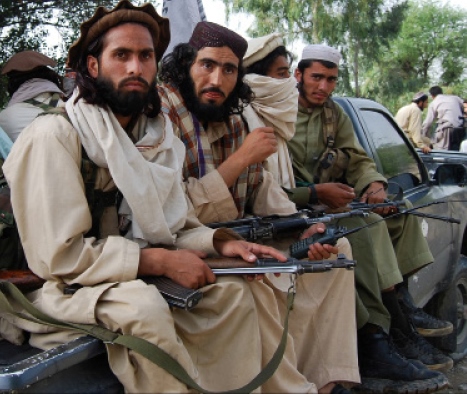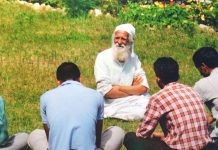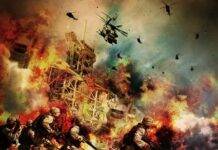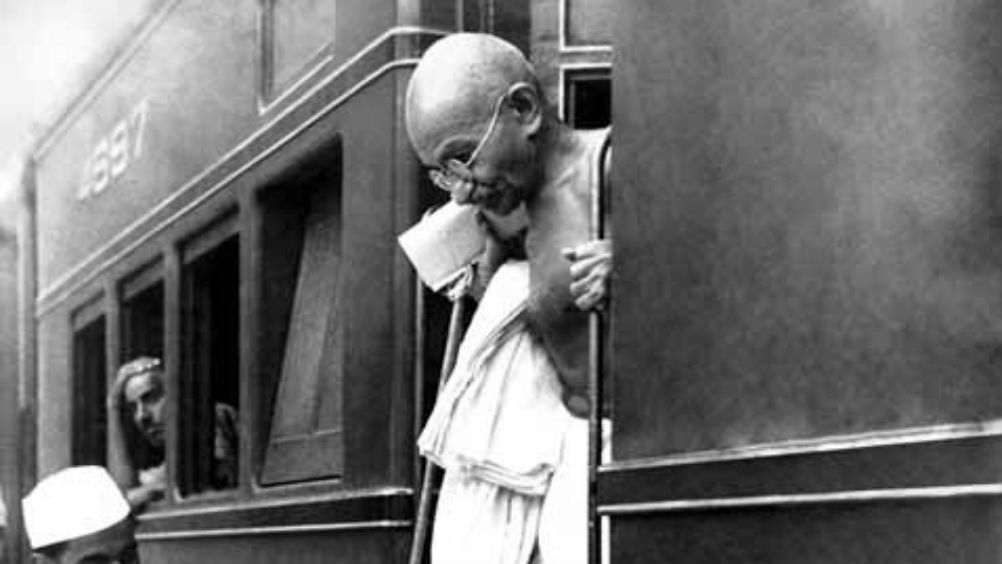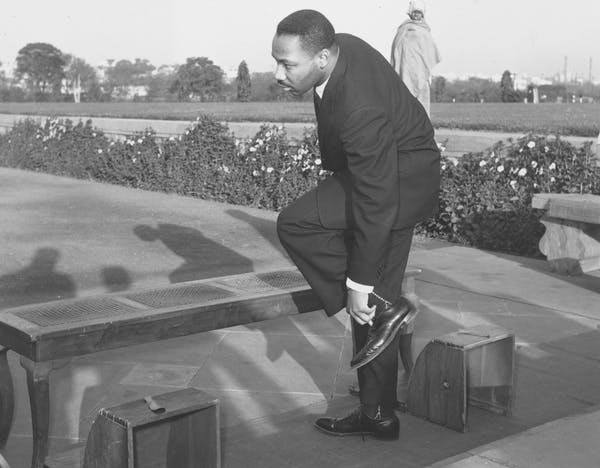In recent months the city of Kabul has been rocked by series of deadly suicide attacks against civilian targets that includes school, markets, religious places. Such frequent targeting of the capital city of Afghanistan can be seen as an attempt to undermine Taliban government’s security claim over Afghanistan. Most of these attacks were targeted against ethnic minority communities living in Afghanistan i.e. Shias, Sikhs, Hazaras and is claimed by the militant group Islamic State -Khorasan (IS- K) and its affiliates. Such attacks indicate the beginning of another bloody phase in the Afghanistan conflict by threatening to stoke tension between already fragile ethnic communities living there. People were expecting some sort of peace and stability after Taliban came to power but it got more worse as the Taliban takeover of the country created a security vacuum that provided other fundamentalist organizations to thrive. Why Afghanistan continues to face this unrelentless spiral of violence continuously without any regard to who is governing it? Here in this article, I am going to explore the overview of the prevailing power relation and its history in Afghanistan. How it acts as a stumbling block in maintaining peace and stability of the region. While doing so, I will emphasize on the role of Islamic State-Khorasan (IS-K) and its evolution over the years.
The power demography of Afghanistan is complex as it is decentralized in nature. Historically, post-Soviet invasion of Afghanistan, most of its provincial districts were controlled by powerful warlords who fought against Soviets and are divided on the basis of ethnicities such as Pashtuns, Tajiks, Uzbeks, etc. There was an uneasy alliance between these warlords that together formed the ousted Afghanistan government after US invasion in the year 2001. These various factions turned Afghanistan into a battleground of power and sidelined the civilian population. These factions indulged in large scale corrupt practices such as: extortion, land grabbing, illicit trading (Felbab-Brown, 2017; Gossman, 2021). Taliban distinctly capitalizes on these corruptions and abuses of Afghan government and casts themselves as a viable alternative, as representative of justice and Afghan tradition (Jackson, 2018). Taliban presented an envision of unified Afghanistan though they had a history of oppressing the minorities in their previous regime (Rashid, 2001). Taliban which is predominantly a Pashtun fundamentalist group carefully exploited the underlying communal division by including other ethnicities into their fold. They unified these groups through the narrative of jihad against the foreign invaders (Dorronsoro, 2009). Moreover, by forging alliance with powerful hardline fundamentalist groups like Hizb-e Islami and Haqqani network helped Taliban to grow its influence even in those areas where they initially didn’t have any support. This resulted in successful Taliban blitzkrieg that led to the fall of Kabul on 15th August, 2021 hence confirming the sobriquet, “Afghanistan as a graveyard of Empires”. But the question remains about Taliban’s ability to bring peace and stability to this war-torn region. How challenging will it be for them considering the fragile nature of power networks in this jihadi landscape where various fundamentalist groups collaborates, contests and thrive?
In Afghanistan, the complex web of power networks are entangled and fluid in nature with each armed militant group linked to each other on the basis of ethnicity, ideology and family ties. Most of these militant groups are offshoot of the same fundamentalist ecosystem that has its roots to Soviet invasion of Afghanistan in the year 1979. All of these groups were involved in acts of political violence targeting foreign forces, local security infrastructures etc. However, the newly formed IS-K took this level of violence to a whole new extreme while trying to turn this conflict from a regional to a broader sectarian conflict. While doing so they also fueled an internal fragmentation among various militant organizations to assert their hegemony over this fundamentalist landscape. The Islamic State -Khorasan was officially formed in the year 2015 by Tehrik-i-Taliban Pakistan (TTP) affiliates , an offshoot of Afghan Taliban. Here the term ‘Khorasan’ is referred to a historical region comprising of not just Afghanistan but all of South Asia including some parts of China. Most of its senior rank are drawn from all the major militant groups that are operating in the region i.e. Al Qaeda, Taliban, Hizb-e-Islami (Ibrahimi & Akbarzadeh, 2019). This highlights the harsh reality of terrorism in Afghanistan that is never black and white with just a thin line distinguishing one group from another. Such complex arrangement of unspoken cooperation between IS-K and Haqqani network was demonstrated during high profile bombing of Kabul airport on 26th August, 2021 (Gohel, 2021).
IS-K is a direct challenge to the Taliban government’s legitimacy in Afghanistan. This time it will be quite challenging for Taliban since unlike previous years of their rule, they are facing an enemy that is not only an ideological threat but poaching its own members and those of its allies into its fold. Ideologically IS-K is a hardline Salafist group who appealed to broader supporters of jihadist movement by seeking to distinguish itself as a pious, transnational and ideologically non compromising group. They criticize the major groups like Taliban and Al-Qaeda for compromising and colluding with the enemy (Jadoon, Sayed, & Mines, 2022). As a result many smaller militant groups and networks that were previously affiliated with other militant organization took allegiance to IS-K i.e. Islamic Movement of Uzbekistan (IMU), Lashkar e Jhangvi, etc
Apart from that, it has a big pool of potential recruits. This is the reason they continue to sustain despite suffering heavy losses in their ranks from Taliban led military operations and previously in International coalition led airstrikes. One of the primary sources of recruitment for IS-K has been from the Afghan Salafi community where they capitalise on the lack of trust between the Taliban and Salafi community (Sayed, 2021). Secondly, their adoption of ruthless tactics that involves targeting soft targets i.e. school, religious institutions is attracting a large number of Taliban affiliated fighters with hardline views into its fold. Thirdly, potential recruits are the former members of Afghan security forces who are at a risk of being persecuted by the Taliban (Trofimov, 2021).
Another matter of concern is IS-K funding model that helps them to sustain in this conflict. It primarily raises its funds through mining of minerals like talc in Eastern province of Nangrahar (Zerden, 2021) and is considered to be as the stronghold of IS-K where they run the local economy through taxation, extortion, donations. It lies in a mountainous border region between Afghanistan and Pakistan’s lawless tribal areas and are considered to be as safe sanctuary for various Islamist fundamentalist groups.
IS-K’s growing presence in such a short span as an foreign organization (Azami, 2017) signals a persistent threat for the stability of not only Afghanistan but the whole south Asian subcontinent? It highlights the ripple effect of such complex fundamentalist ecosystem that thrives on its own. If such senseless violence, mostly targeting minority religious sects continues then sooner or later it will pull other International actors like Saudi Arabia and Iran directly into this conflict. Thus making this protracted conflict more precarious and sectarian in nature This situation is analogous to what happened in Bamiyan province in the year 1998 when Taliban massacred thousands of Shia Hazaras prompting Iran to brink of a full scale war against Taliban (Rashid, 2001). As of now it seems Taliban is inept to tackle the situation on its own. This is a race against time which demands a coordinated effort to tackle this threat. A lot depends upon how Taliban government receive International support in this fight at least from all those countries who have invested heavily in economic and infrastructural assets in Afghanistan i.e. China, Pakistan, India. Otherwise, it will seriously damage the chances of the country ever seeing stability hence pushing it into an endless war.
Works Cited
Rashid, A. (2001). Taliban: The story of the Afghan warlords. London: Pan Books.
Felbab-Brown, V. (2017, 04 18). How predatory crime and corruption in Aghhanistan underpin the taliban insurgency. Retrieved from Brookings: https://www.brookings.edu/blog/order-from-chaos/2017/04/18/how-predatory-crime-and-corruption-in-afghanistan-underpin-the-taliban-insurgency/
Gossman, P. (2021, 07 06). How US- Funded Abuses Led to Failure in Afghanistan. Retrieved from Human Rights Watch: https://www.hrw.org/news/2021/07/06/how-us-funded-abuses-led-failure-afghanistan
Jackson, A. (2018, 09 12). The Taliban’s Fight for Hearts and minds. Retrieved from Foreign Policy: https://foreignpolicy.com/2018/09/12/the-talibans-fight-for-hearts-and-minds-aghanistan/
Dorronsoro, G. (2009, 06 29). The Taliban’s Winning Strategy in Afghanistan. Retrieved from Carnegie Endowment For International Peace: https://carnegieendowment.org/2009/06/29/taliban-s-winning-strategy-in-afghanistan-pub-23331
Ibrahimi, N., & Akbarzadeh, S. (2019, 01 07). Intra-Jihadist Conflict and Cooperation: Islamic State–Khorasan Province and the Taliban in Afghanistan. Studies in Conflict & Terrorism.
Sayed, A. (2021, 09 24). The Taliban’s persistant War on Salafists in Afghanistan. Retrieved from Jamestown Foundation: https://www.ecoi.net/en/document/2061521.html
Trofimov, Y. (2021, 10 31). Left Behind After U.S. Withdrawal, Some Former Afghan Spies and Soldiers Turn to Islamic State. Retrieved from The Wall Street Journal: https://www.wsj.com/articles/left-behind-after-u-s-withdrawal-some-former-afghan-spies-and-soldiers-turn-to-islamic-state-11635691605
Jadoon, A., Sayed, A., & Mines, A. (2022, 01). The Islamic State Threat in Taliban Afghanistan: Tracing the Resurgence of Islamic State Khorasan. Retrieved from Combating Terrorism Centre Sentinel: https://ctc.westpoint.edu/the-islamic-state-threat-in-taliban-afghanistan-tracing-the-resurgence-of-islamic-state-khorasan/
Zerden, A. (2021, 08 30). What Is Known About ISIS-K Funding in Afghanistan? Retrieved from LAWFARE: https://www.lawfareblog.com/what-known-about-isis-k-funding-afghanistan
Gohel, S. M. (2021, 08 26). The Taliban are far closer to the Islamic State than they claim. Retrieved from Foreign Policy: https://foreignpolicy.com/2021/08/26/afghanistan-kabul-airport-attack-taliban-islamic-state/
Azami, D. (2017, 02 25). IS in Afghanistan: How successful has the group been? Retrieved from British Broadcasting Corporation: https://www.bbc.com/news/world-asia-39031000
Anurag Das is currently working as a Research Assistant with North Eastern Social Research Centre, Guwahati, Assam.

